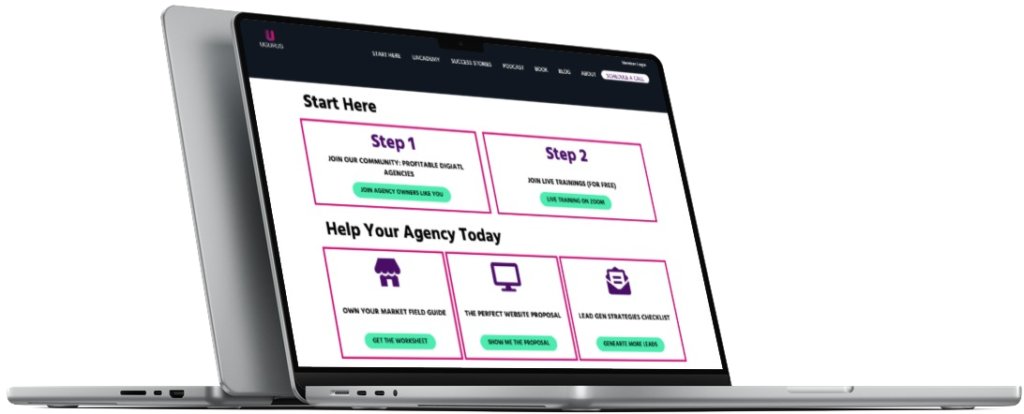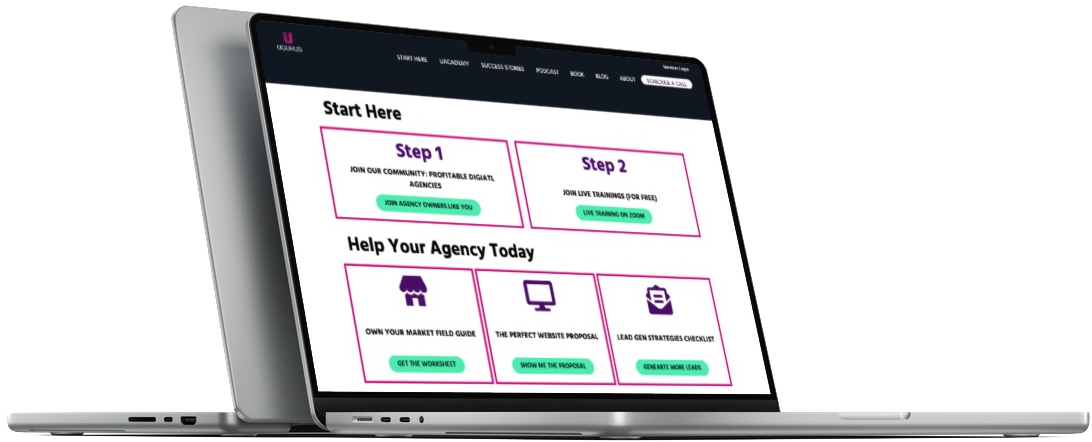My first question to web professionals subscribing to our site is “what is your greatest pain?” While the answers vary, most are similar. The uGurus audience wants what most businesses want: more and better customers.
And we should be able to have that.
So what is the secret? It’s simple…
Get specific.
Ideal Customers Have Traits, But Not Only Traits
When someone tells me that they need to find more and better customers, my follow-up question is always the same: “Who is your ideal customer?” If you are on our email list and have exchanged one-on-one with me, you know what I’m talking about.
Answers to this question often look like this:
- clients who pay on time
- clients who respect my time
- clients with realistic budgets
- etc.
While these are great qualities and traits for our clients to have, it is almost impossible to find these customers strategically. Sure, once the prospective client is sitting in front of you, it’s easy to say: “do you have a budget?” But you can’t go to LinkedIn and do a search for: “clients with money.”
I call that the LinkedIn Test.
Defining Ideal Customers Based on the LinkedIn Test
When defining your ideal customer, you need to be able to go to LinkedIn and run searches to find a list of target customers. You can leverage other platforms like Google or Yelp as well. But at a basic level, you should be able to actually find who you are looking for based on well-defined constraints.
It is great to have qualities baked into your ideal customer that can help you qualify a prospect once you meet them, but that isn’t going to help you in your prospecting efforts.
Let’s play with an example:
- Restaurants
- Denver
- Up to 500 employees
- Contacts within my extended network
The LinkedIn Test is not meant to be your only source of leads. There are other sources that would help me find and roll out a list of targeted customers based on this target definition. But the Test does tell me that I have defined a target well enough to generate 79 companies in my extended network that I could start creating tactics to get in front of.
Targeting Customers is Not Going All In
Creating a “vertical marketing strategy” and generating a list of qualified prospects are not mutually exclusive tasks. When you are setting out your prospecting target for the next three months, you are trying to define a strategy that is clear enough that you know what your daily activities will look like. If I were to pursue the above strategy, I don’t have to completely overhaul all of my marketing, website, and collateral to reflect this target.
All I am doing is saying, “here are the customers that I plan to pursue over the next few months.”
From here my activities are straightforward:
- Get introductions to each of these contacts via LinkedIn
- Send an email to each company via their website
- Find and sponsor or speak at an event that these restaurants might be attending
- When I get a meeting with one of these contacts, ask for a personal introduction to another company on the list that they might know
- Ask a contact at a local business development center if they send emails to these companies, offer to write an article
- Create a lunch ‘n’ learn about websites and internet marketing, and invite the owners/managers to attend
- etc.
When you are specific and know exactly who you want to reach, activities and tactics become easy to develop. It really doesn’t matter what you do as long as you and your message are getting in front of your targeted list of prospects.
And yes, cold calling can be part of that mix, but it is only one aspect of getting your name in front of those prospects.
The most brilliant part of a strategy like this is it can be measured. In six months you can ask yourself, “how many of these customers have I gotten?” And from there you can measure which tactics worked and which ones didn’t.
You can also measure whether these clients typically have the qualities you like to work with. If they do, then you can broaden your search geographically, or even look at targeting another industry segment if you like to work in your own backyard.
Take Action
- Is your target market defined well enough to pass the LinkedIn Test?
- Have you built a spreadsheet with your target customers?
- What activities and tactics are you deploying to go after that list?
I’d love to know. Leave a comment if you need help developing this strategy for your business.
GET YOUR FREE AGENCY ACCELERATOR PACKAGE






